As a teenager, I lived only two hours from Toronto, but it seemed to me the coolest place anyone could live was New York. It was, after all, where rebel Holden Caulfield skulked around after getting expelled in Catcher in the Rye, where Franny struggled to blossom in a tenement slum in A Tree Grows in Brooklyn, and where Sylvia Plath’s Esther Greenwood interned at a modish magazine before her anguished breakdown.
I was steeped in New York lit, but had read few fictional accounts of Toronto.
Writer and U of T alum Sarah Elton (BA 1998 UC, MA 1999) had a bit of the same experience. For many years, she believed that there was a shortage of Toronto stories in Canada’s literary canon – we simply lacked the literary richness of New York or Dublin or Paris. But after some research, she found the stories were there in spades – it was just that Torontonians didn’t celebrate them. Elton set to work on City of Words: Toronto through her Writer’s Eyes (Cormorant Books) – a collection of literary excerpts that capture the city. The book includes works from such U of T alumni as Dorothy Livesay, Margaret Atwood and Michael Ondaatje. There are also new pieces from young writers such as Anand Mahadevan (BEd 2004 OISE) and stunning photographs by Kevin Robbins. Below, Elton talks about Toronto literature.
What triggered the idea for this book?
I returned from a trip to Paris and remember the drive back to my house vividly: Toronto seemed bleak – the view of industrial sprawl from the 427 isn’t pretty – and lacking the stories I’d felt surrounded by in Paris. I returned to my job at the time at CBC Radio’s Metro Morning and started a series on new books set in the city. Once I got started reading, I couldn’t stop. I realized that I’d been mistaken, that Toronto is filled with stories. We just don’t celebrate them! I couldn’t believe that this book didn’t exist already and I started to dream up a plan for one.
I love how in the introduction you talk about falling in love with the city while reading Michael Ondaatje’s In the Skin of a Lion. You write: “I had to experience the imagined city, the way the writer sees it, before I could fully appreciate the urban centre I called home.” How does City of Words add to this imagined city?
I hope the book helps people to realize that our city is full of great literature and culture. I am haunted (in a good way) by the many characters I met while researching this book. Everywhere I go now I see these people. Literature is part of my everyday life. I hope others can experience this, too.
What did the research and editing process for this book involve?This book came together over a period of several years. I read many, many novels, looked through old magazines at the reference library, and looked at everything I could find that had been written about Toronto. I chose pieces that captured a sense of place, that conjured up the geography. This meant I didn’t include some works I really enjoyed. But I wanted the physical city to be the focus. I then commissioned some original essays, such as the pieces by Radindranath Maharaj and Anand Mahadevan.
What places did you learn about while putting this book together?
I gained a deeper understanding of our city’s relationship with the lake and the islands. It is easy to forget about the waterfront because it is so industrial and has been neglected for a long time. But reading old texts I learned about how the lake and the city’s beaches were a place of entertainment and escape less than a century ago. In City of Words, there are stories of love on the waterfront – people sneaking away for lakeshore romance.
Are there any places in Toronto that were consistently overlooked?
The suburbs have been mostly overlooked. However, I think the newer generation of writers is getting to work at changing this. In City of Words, David Bezmozgis, Sasenarine Persaud and Terry Woo paint really entertaining pictures of life there.
What are some of your favourite places in Toronto?
U of T is one of my favourite places in the city. My grandfather, John Abrams was a professor there – he founded the Institute of History and Philosophy of Science at Vic and was an astrophysicist by training – so my memories of the campus go back 30 years. I love the area south of the campus – the old Ward where the city’s poorest would have lived about 100 years ago. The streets around Baldwin and then on the other side of Beverly heading toward Chinatown are full of history. My neighbour grew up in an Orthodox Jewish family in this area so I know of his stories, plus those I read of Jewish life there such as Shirley Faessler’s piece I’ve included in City of Words.
Are there any excerpts in this book that are especially dear to you?
I fell in love with Sasenarine Persaud’s “Canada Geese and Apple Chatney” – in City of Words there is a hilarious piece about three hungry new immigrants hunting for Canada geese to cook for dinner. This book should be on the high school curriculum. I like Mrs. Simcoe’s diary excerpt that describes early Toronto life around the Don River. And of course, In the Skin of a Lion.
In Adam Gopnik’s book Through the Children’s Gate, he writes about the New York cartographer who is never able to complete his map. His task is Sisyphean, because every morning there are new changes. Your task could have been never-ending, too, given that Toronto’s voice and identity and demographics are changing so rapidly. If you did a second volume 30 years from now, what different voices or places do you predict will be more prominent?
I get dizzy when I think of how different the stories will be. I think we will see the blending of cultures on a scale never experienced before. My daughters’ lives are so different from my own: they are half Muslim, half Indian, a quarter Christian, an eighth Jewish, with roots most recently in England, Tanzania and Kenya. They live downtown, near Chinatown East, on the edge of the Don Valley and visit places like Scarborough, Kensington Market, the AGO, and Riverdale Farm on a regular basis. Imagine the stories they will be able to tell!


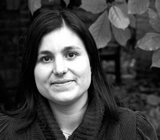
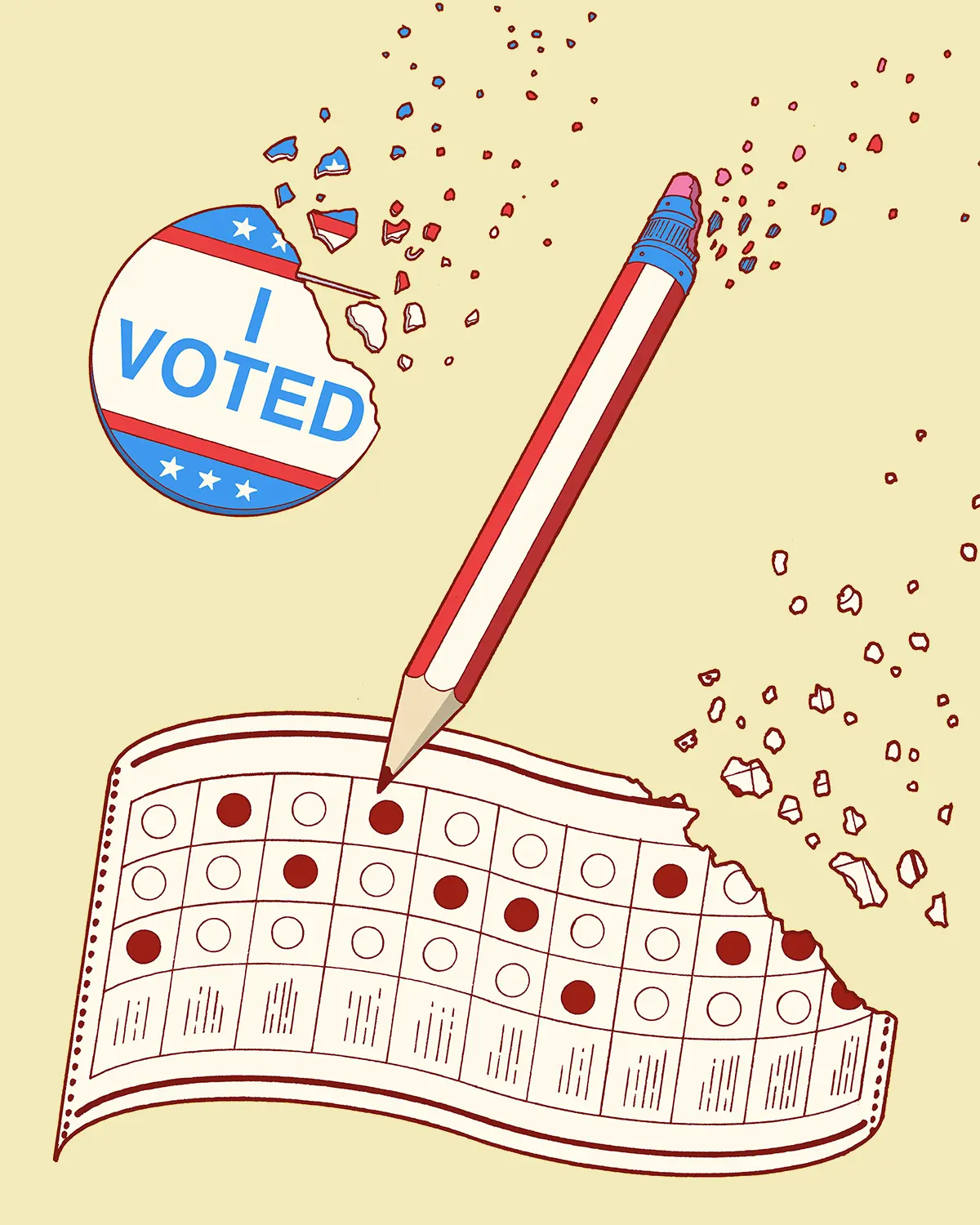
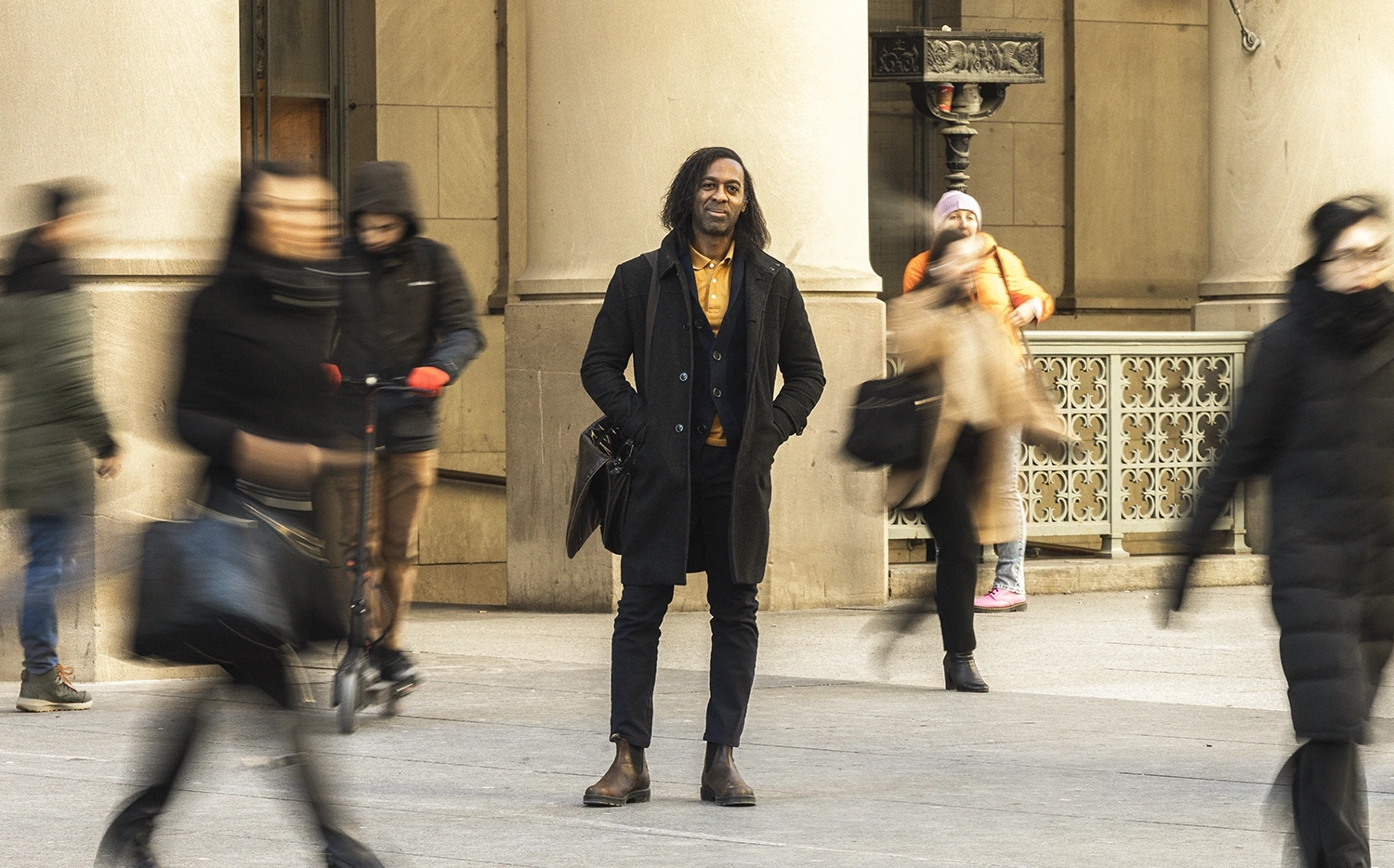
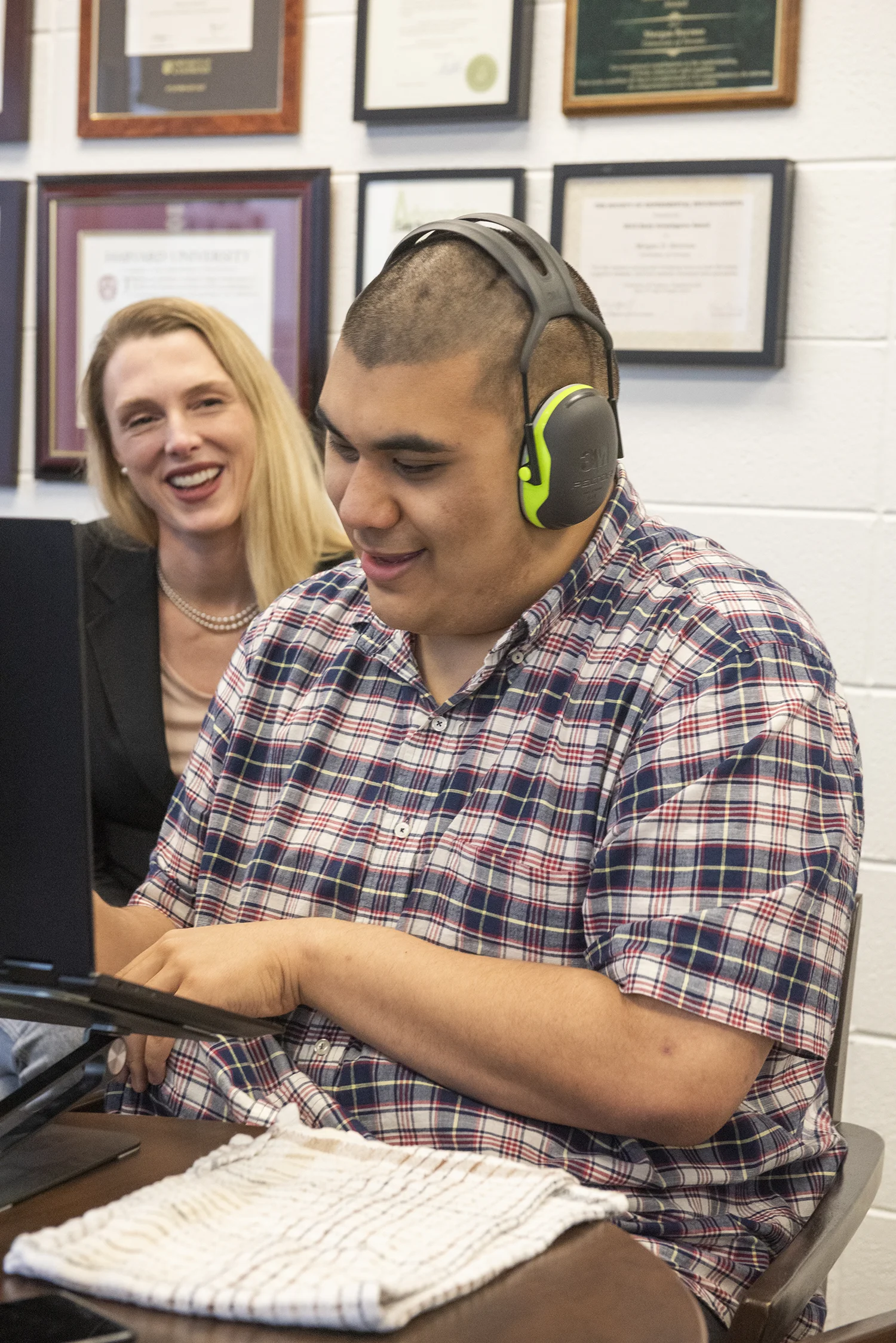
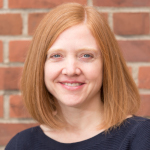
No Responses to “ The Imagined City ”
Thanks for this article about Sarah. Have you also looked at how Toronto inspires compared to other cities? I recommend you look at the cities of Curitiba in Brazil and Malmoin Sweden.